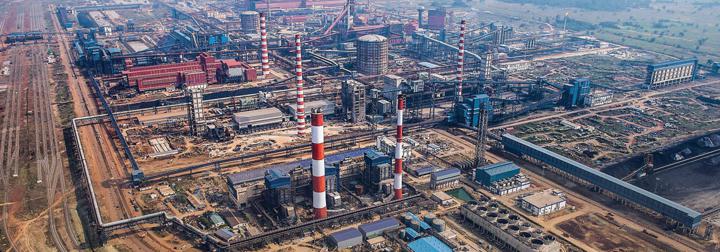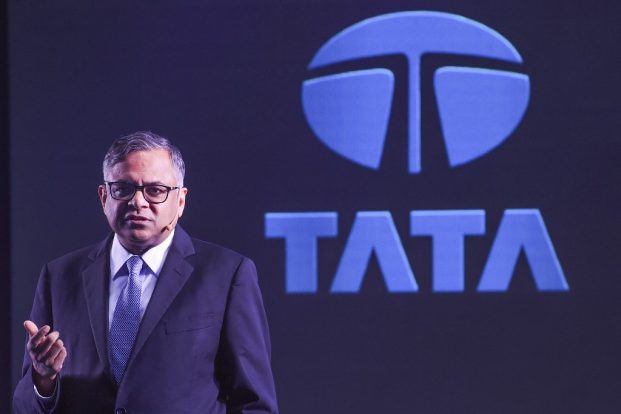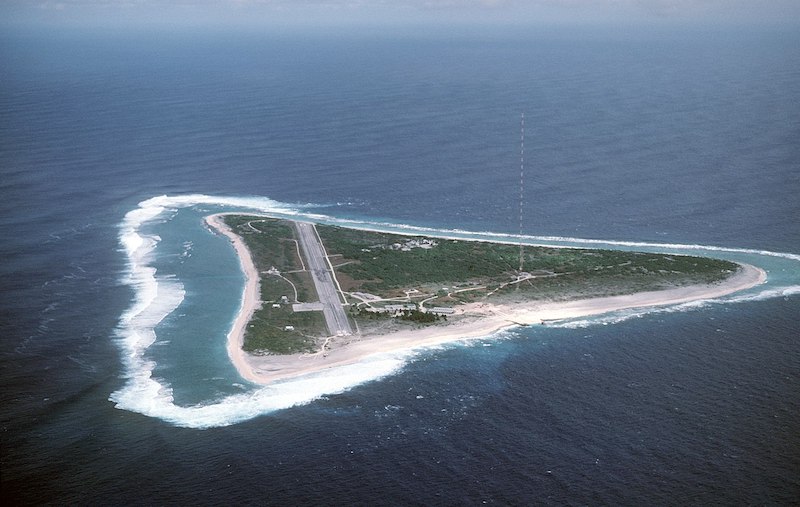(ATF) India’s Tata Group is pivoting to phone components with a new plant that could build on business from Apple to win market share from China.
Tata is setting up a globally scalable mobile phone and component contract manufacturing plant in India that will start by making iPhone parts, according to reports.
Tata Electronics, a group company, will lead the initiative, beginning with iPhone casings and eventually partnering with other original equipment manufacturers in Japan and South Korea as part of a larger electronics ecosystem, the reports added.
Tata is looking at an outlay of $1.5 billion for the project through a combination of internal accruals and borrowing.
Neither Tata nor Apple has commented on the reports, but industry sources have confirmed that the project will manufacture components required for handset making.
“The Tatas have the co-engineering capabilities; they understand metal and plastic manufacturing and possess the ability to design and develop the ecosystem for the high-tech electronics industry,” George Paul, CEO at industry trade group MAIT, told Asia Times Financial.

The Tata Group’s metal and plastic co-engineering expertise makes it a capable Apple partner in India. Photo: Tata website
Policy push
The partnership between the Tata Group and Apple is shaping up because of politics and recent government initiatives to turn India into a preferred manufacturing hub.
The trade war between US and China has pushed foreign tech companies to relocate part of their production outside China and India is positioning itself as a smartphone-production hub amid the geo-political standoff.
The trade war has disrupted global supply chains and left tech firms such as Apple and Samsung looking for alternatives to China to manufacture their products.
“It is heartening to see that the Tata Group is making such a big investment to bring global scale manufacturing capabilities to mobile phones,” Navdeep Narula, a director at Ingram Micro told ATF.
Ingram Micro distributes global brands including, Apple, Microsoft’s Nokia, Samsung, and Xiaomi in India.
“The world is looking to reduce its dependence on Chinese sourcing and given the volumes of shipment of most top handset brands globally, it makes sense to distribute their production in multiple hubs to tackle contingencies,” Narula says.
India’s position as a manufacturing hub for mobile handsets has gained momentum during the last few years after the Indian government introduced or strengthened regulatory tools like the Production Linked Incentive Scheme (PLI), Promotion of Manufacturing of Electronic Components and Semiconductors, and Modified Electronics Manufacturing Clusters Scheme.
Of these, the PLI that gives an incentive of 4-6% of incremental sales over five years for starting to manufacture mobile phones and other electronic components, has been most lucrative, attracting 22 local and international brands to set up manufacturing plants in the country since its introduction in August.
Apple and Samsung are among the companies that have applied, as well as three of Apple’s contract manufacturers: Foxconn, Wistron and Pegatron.
Making vs assembling
The definition of manufacturing has become a point of debate, in India as elsewhere in the world.
“Manufacturing of handsets in India really refers to the process of assembling components to make a handset. There’s little value addition in assembling,” says Narula.
For instance, Apple contractors Foxconn, Wistron and Pegatron that currently “make” the 10R, SE and 11 series of iPhones in India, actually import almost all the components and assemble them in the country. The best-selling iPhone 12 series handsets are completely imported by paying 22% import duty.
The real value addition comes from backward integration like making motherboards, displays, components, chip sets or mechanics of lesser electronic-intensive components – like the new Tata project, Narula adds.
In that context “the investment that the Tatas are making indicates that the country is heading towards backward integration,” says Paul.
“This is significant because this is the first example of a major value manufacturing backward integration plant by an Indian company in high-tech electronics, which so far is limited to primarily assembling.”
India’s weaknesses
According to MAIT, electronic manufacturing in India suffers problems such as a lack of a local component ecosystem and limited local supply chains.
Value addition in India has been low due to the underdeveloped component ecosystem, while importing of components to tackle this contributes to cost escalation.
“This is a typical chicken-and-egg problem for India, which is why the Tata project is also an endorsement of the fact that India’s latest strategy of bringing in volume first with the premise that value will follow, is succeeding,” says Paul.
Given India’s vast market, Paul also expects that the Tata plant will kindle interest from “companies in China and South East Asia who will want to not be left out of this new opportunity.”
Before the US-China trade war, India ranked behind China and Vietnam in global production of mobile phones. But India is now in second place. And, by inching toward a 330 million handset production target by the end of 2021 – and a projected 1 billion handset target by 2025, it is starting to chip away at China’s market share.
“A significant aspect of India’s market is that it provides the opportunity to build scale for global exports and creation of jobs. I remain hopeful that soon India will attract much larger investments in research and development and backward-integrated manufacturing to become another alternate hub for global production of handsets,” Narula said.
























